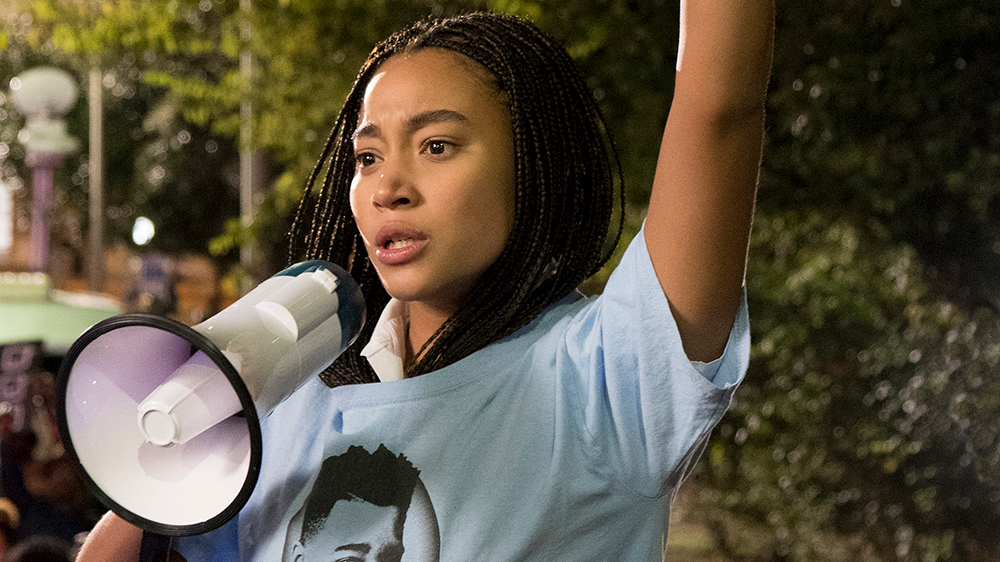‘The Hate U Give’ Sound Crew Created Aural Realism to Support a Tragic Tale
By Iain Blair
LOS ANGELES (Variety.com) – When BAFTA-winning sound editing supervisor Don Sylvester (“Walk the Line”), Oscar-winning re-recording mixer Andy Nelson (“Les Miserables”) and Oscar-nominated re-recording mixer David Giammarco (“Moneyball”) began collaborating with director George Tillman Jr. (“Soul Food”) on Fox’s recently released “The Hate U Give,” they all set out to carefully craft a soundscape that was both naturalistic and realistic.
“George didn’t want a heavy-handed approach or to point fingers,” says Sylvester of the ripped-from-the-headlines story, a work of fiction based on the critically acclaimed New York Times bestseller of the same name by Angie Thomas.
The film, stars Amandla Stenberg (pictured) as Starr, a young woman who witnesses the racially charged, fatal shooting of her childhood best friend by a police officer. “It tells the story from Starr’s limited point of view, so it’s often very subjective, and we wanted to pay homage to all the similar events happening in the real world and on the news all the time.”
With that in mind, Tillman referenced “a lot of recent events and shootings that he’d researched on YouTube,” adds Sylvester. “He wanted us to study them and then recreate them, sonically and visually, as if we were witnesses to what’s taking place. So the approach was to avoid being ‘too Hollywood’ and over-the-top with the audio.”
Sylvester gradually assembled “the real sounds you’d hear in a riot, or in a fatal confrontation with an officer,” he says. The riot chants, he adds, “are the real thing – not hyperbole. We consulted with activists to make sure it was all legit and accurate. We didn’t want to present the cops as thuggish or the rioters as bad people. But we had to keep reminding ourselves that we weren’t trying to sell an idea or keep pushing buttons, but ultimately present a personal journey.”
The team did all the mixing on the Howard Hawks stage on the Fox lot. “George really wanted the sound to set in place the feel of all the different environments,” says Giammarco. “Starr [lives in] two distinct worlds, so we used sound to create and then differentiate those. And he wanted to keep reality in place, but also play with reality and then pull away from it by using sound and music to get into her emotional, inner world.”
As Sylvester and his team compiled sound effects and turned them over to the picture editors as they were cutting, Nelson and Giammarco began to do an initial temp mix for a preview. “That gave us a sense of how it’d play with an audience, and we then could explore more ideas and get the sound exactly right for key scenes like the riot,” he explains. “So that process set a template for us, and by the time we got to the final mix, which took about three weeks, we had the time to really refine all of the ideas.”
Tillman was “very involved” during the final mix, “along with the picture editors,” he says. “It was a very collaborative, rewarding project.”

